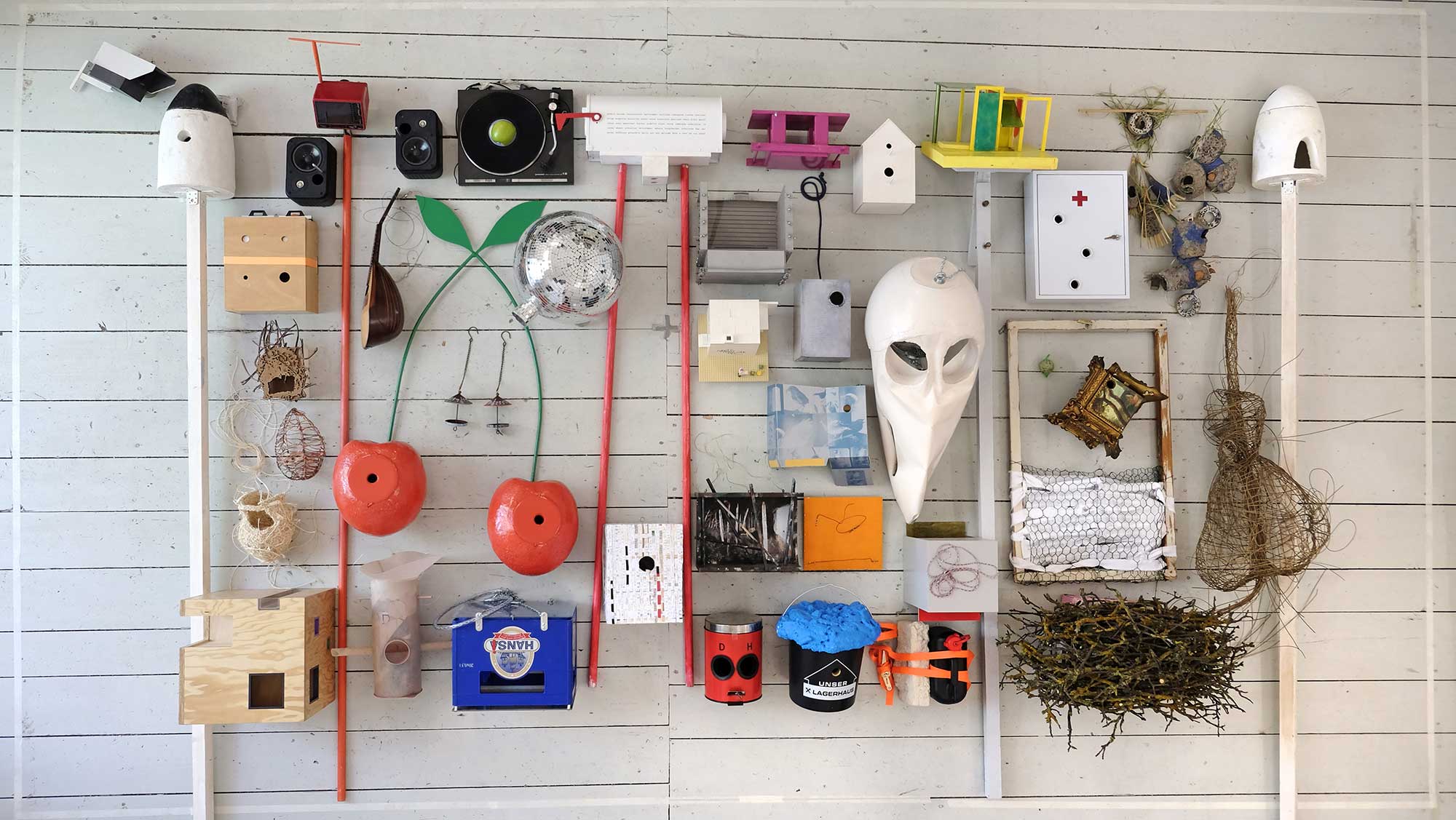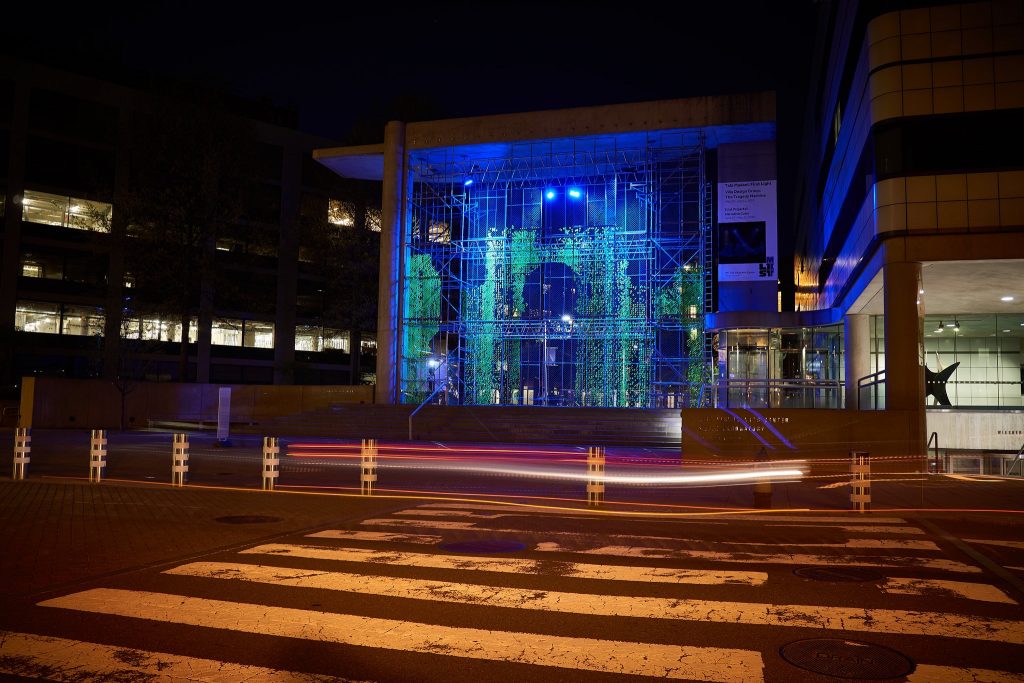The number on the lower edge is the public bitcoin address, which is connected to an unique, publicly accessible, but immutable entry in the Bitcoin blockchain. Design: Azra Aksamija
The following text is paraphrased from a recent medium article on the subject:
The cryptographic heritage project, led by Dietmar Offenhuber, explores best practices how to use Bitcoin and blockchain technology to store evidence of cultural heritage under threat in ethnic and nationalistic conflicts.
To give an example — in nationalistic conflicts, cultural heritage such as libraries, religious buildings, or historic monuments are the first things targeted for destruction. This is because they bear testimony of a multicultural past, as Aksamija has demonstrated in her analysis of the Balkan wars of the 90s. These efforts included denial that a particular community has been living in an area before ethnic cleansing — to the extent that buildings are erased not only from the city, but also from old postcards and archival material. Needless to say, this also has implications for ownership of land and houses of the displaced.
UNESCO and other entities tried to address this by capturing immaterial cultural heritage through databases and websites. The problem is that these websites are just as vulnerable as the practices and buildings they are supposed to document.
Here is where Bitcoin comes into the picture. All Bitcoin transactions are documented in a decentralized database called the blockchain, which exits in thousands of copies across the world. The blockchain can be publicly read, but its contents cannot not deleted or manipulated – as ensured by strong cryptography. The blockchain can be appended by everyone through making a transaction.
Every transaction can hold a small amount of additional information, 80 bytes to be precise. Together with the cryptographic proof that the transaction has been authorized by a specific address at a specific time, this additional message constitutes evidence.
This can be taken advantage of in many ways: Residents could publicly declare “this is my house” and provide evidence that nobody can hide or delete after displacement and ethnic cleansing. They could also use the blockchain to prove that a particular document (e.g. a property title) existed in a specific form at a specific time, and to produce evidence whether this document has been manipulated in the meantime.
Furthermore, the author of the transaction can also prove his identity, by cryptographically signing a messages associated with the transaction. In this regard, Bitcoin offers accessible and versatile cryptographic tools beyond financial transactions.
The process of encoding cultural information into monetary transactions may seem foreign, but has a clear equivalent in the world of physical money, for example when a contract is made official by the symbolic transaction of one dollar.


























